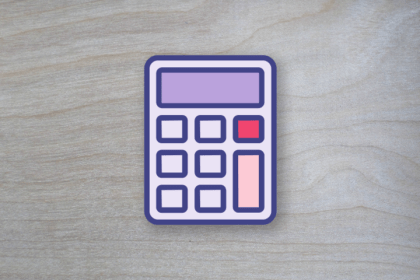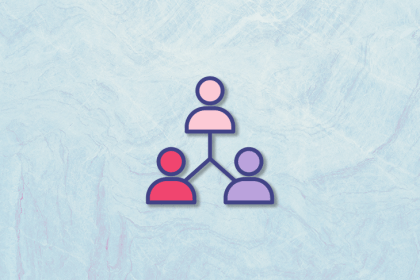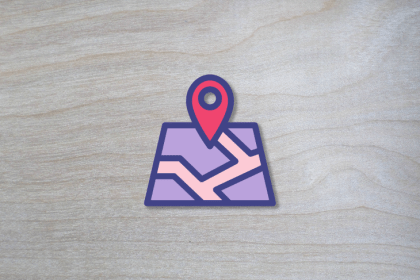
In this article, you will learn what quantitative analysis is, the different types of analysis tools, and how to implement them.

In this article, you will learn what behavioral segmentation is, the different types of segmentation, and how to improve your product.

Discover the art of generating user insights with qualitative analysis. Learn the process, techniques, and how to combine with quantitative analysis.

In this article you will learn what odds ratio analysis is, how to calculate it, and strategies for testing the strength of your findings.

Discover how to unlock powerful insights and make better product decisions by conducting a correlation analysis. Advanced math skills not required!

Unlock the secret to building products that users love. Learn how understanding how to identify and maximize aha moments can help you drive retention, virality, and conversion.

The most valuable asset for agile organizations is the scrum team and its corresponding roles: product owner, scrum master, and developer.

Detailed estimations are inaccurate and time-consuming, but necessary to gauge project complexity. This is where rough order of magnitude (ROM) planning comes in.

The key to innovating on your business model is to ask the right questions: What value do you offer to the market? How will the market discover your value prop? How do you benefit from delivering that value?

Having a permanent, single source of information about the product that details the why, what, and how is a powerful resource for product teams and stakeholders alike.

The wide breadth and high expectations of the product management role lend themselves to impostor syndrome. Learn how to manage and overcome it.

When it comes to identifying your ideal target customer, the common wisdom of focusing on a niche first often does more harm than good.